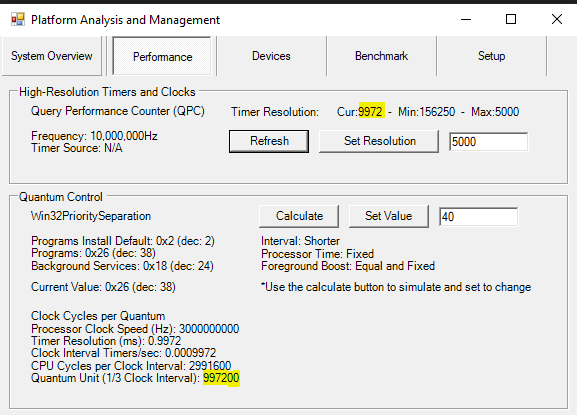In the realm of gaming, every millisecond counts. From lightning-fast reflexes to seamless gameplay experiences, gamers are constantly seeking ways to optimize their performance. One often overlooked aspect that can Timer resolution significantly impact gaming performance is timer resolution. In this article, we’ll delve into what timer resolution is, how it affects gaming, and strategies to optimize it for a smoother gaming experience.
What is Timer Resolution?
Timer resolution refers to the precision of time intervals measured by a system’s timer. In simpler terms, it determines how frequently the operating system updates its internal clock. This resolution is typically measured in milliseconds (ms). A lower timer resolution means the system updates its clock more frequently, providing greater precision in timekeeping.
The Importance of Timer Resolution in Gaming
In gaming, timer resolution plays a crucial role in various aspects of performance, including input lag, frame pacing, and overall smoothness of gameplay. When the timer resolution is too high or too low, it can lead to undesirable effects such as stuttering, screen tearing, and inconsistent frame rates.
Impact on Input Lag
Input lag refers to the delay between pressing a button or moving a mouse and seeing the corresponding action on the screen. High timer resolution can reduce input lag by ensuring that the system accurately processes input commands in a timely manner. This results in a more responsive gaming experience, especially in fast-paced games where split-second reactions are crucial.
Frame Pacing and Consistency
Frame pacing is essential for maintaining a smooth and fluid gaming experience. Timer resolution influences frame pacing by regulating the timing of frame rendering and display refresh cycles. A lower time resolution can help synchronize these processes more effectively, reducing instances of stuttering and screen tearing, and delivering a more consistent frame rate.
Optimizing Timer Resolution for Gaming
Now that we understand the importance of timer resolution in gaming, let’s explore some strategies to optimize it for optimal performance:
Adjusting Timer Resolution Settings
Most modern operating systems allow users to adjust timer resolution settings through third-party tools or command-line utilities. By lowering the timer resolution to a value that balances precision with system resources, gamers can potentially reduce input lag and improve frame pacing.
Monitoring Performance Metrics
Monitoring tools such as FPS counters and latency analyzers can provide valuable insights into the effects of timer resolution adjustments on gaming performance. By observing changes in input lag, frame times, and frame rates, gamers can fine-tune timer resolution settings to achieve the best possible results.
Experimenting with Hardware Configurations
In some cases, hardware configurations such as CPU and GPU overclocking can indirectly affect timer resolution and gaming performance. By experimenting with different overclocking settings and monitoring their impact on system stability and responsiveness, gamers can optimize their hardware for maximum gaming performance.
Conclusion
Timer resolution plays a crucial role in shaping the gaming experience by influencing input lag, frame pacing, and overall smoothness of gameplay. By understanding the impact of timer resolution and implementing optimization strategies, gamers can unlock the full potential of their gaming systems and enjoy a more immersive and responsive gaming experience.

